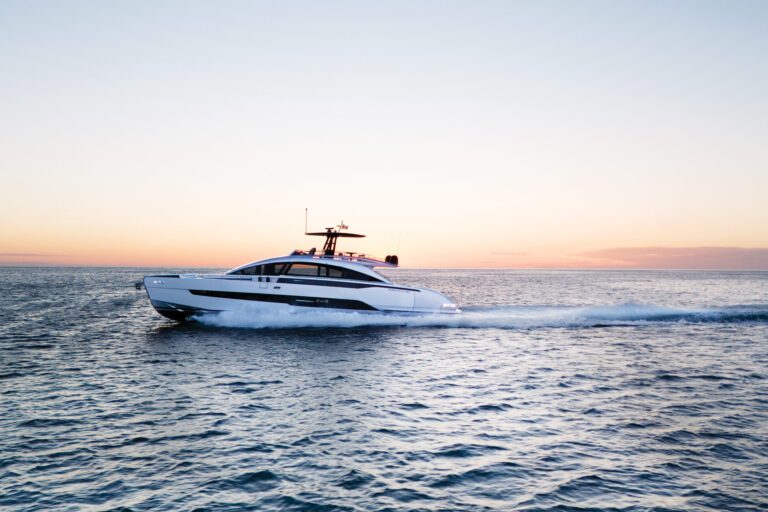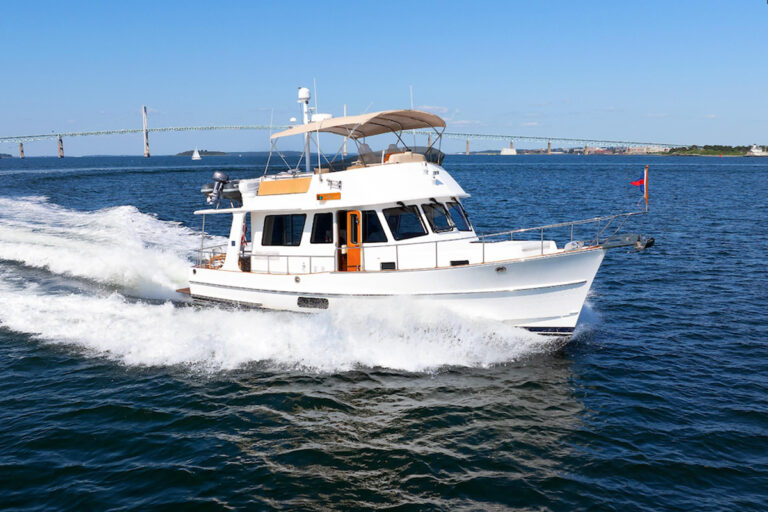When GPS came around, we embraced it for the reason that eventually sends every piece of technology to the attics of obsolescence: It is superior to what was previously available. Celestial navigation suffered that fate, which explains why so few recreational yachtsmen know how to use it. Celestial navigation, however, continues to be taught at all maritime academies, and courses for yachtsmen are still widely offered. So, what incentive remains for yachtsmen to learn celestial navigation?
Simply put, it’s worth learning because it remains the ultimate non-electronic navigational tool. The common perception is celestial navigation is too complicated for the average yachtsman. Although it requires commitment, it’s easier than you might think. If you know a few basics, such as finding the noon sight, finding the sun sight and using a sextant, you’ll have enough tools to determine your location.
The noon sight is handy because it doesn’t require having accurate time based on Greenwich Mean Time, as do most observations. You simply wait until the sun reaches its apex and measure the angle from the horizon. From this, you can obtain latitude. The noon sight can only be obtained once per day, but getting latitude is half the battle; getting longitude is the other half. The noon sight can also be used as a line of position (LOP) in a running fix. Noon sights are especially useful on north-south voyages, such as those from New England to the Caribbean, because latitude rapidly changes.
The sun sight is another cornerstone of celestial navigation. Unlike noon or star sights, it can be obtained at most any time of the day, provided the horizon is clear and the sun is discernible. A sun sight does not give latitude or longitude, but it will give a LOP. As the sun moves across the sky, you can obtain successive LOPs, which can be advanced to plot a running fix, like taking bearings on the same lighthouse at intervals as you pass along a coast. The technique for deriving a sun line forms the basis for star sights, a more complex procedure that renders an actual position. Thus, once a navigator has the hang of sun lines, a modest amount of additional effort will make it possible to solve star sights. At that point mastery of the “navigator’s day (morning stars, morning sun line, noon sight, afternoon sun line and evening stars) is within reach.
While the sextant is no substitute for GPS, it is an accurate and reliable instrument for coastal navigation, and the process for using one is disarmingly simple. Vertical sextant angles (VSA) employ basic trigonometry to solve for the distance along the base of a right triangle. If the height of a land-based feature is on the chart-and it often is-the following formula will give you your distance away:
Combine that distance with a compass bearing and you have a position. Keep in mind that this will be your distance from the charted height, which is based on mean high tide from something such as a mountain peak, not necessarily from shore. By turning the sextant on its side and measuring the horizontal sextant angle between two charted objects the navigator can derive a position circle. The vessel’s position can be found by getting two position circles that intersect. This process is somewhat more involved but is nevertheless simple. There are numerous variations on these techniques.
The real problem with celestial navigation is that it requires time to learn. Therefore, it is a capability that money alone cannot buy. Special calculators with celestial navigation functions have greatly streamlined sight reduction, but they are not a substitute for understanding how the system works. Should a person resolve to master celestial navigation, here are some things to consider: Though celestial navigation can be self-taught, I recommend taking a course. Courses offer the opportunity to interact with other celestial aspirants, and this can be educational in itself. Some organizations teach their courses at sea, and some do it ashore. Personally, I think a combination of instruction ashore followed by an at-sea practicum is best. Without going into the ugly details, this rationale is based on the fact that shipboard life has inherent challenges and discomforts that don’t always lend themselves to tackling a detailed and exacting subject from the top.
Navigation by sextant, celestial and coastal, has declined precipitously with the advent of electronics. Celestial navigation, however, remains the ultimate backup. Though I am rusty right now, it is reassuring to have the skills in the back pocket, because if there’s nothing in the back pocket, well, then there’s nothing to reach for. Some people are drawn to celestial navigation because they like the challenge. Others are moved by the notion of navigating by the stars and the planets. Still others do it because it gives peace of mind when the bright lights of civilization recede behind the curvature of the earth. But if experience is any indication, the path of least resistance is to rely on GPS until the system “crashes and then hope for the best. In some respects this is an efficient approach. Only one calculation is required upon setting forth: Do you feel lucky today?





